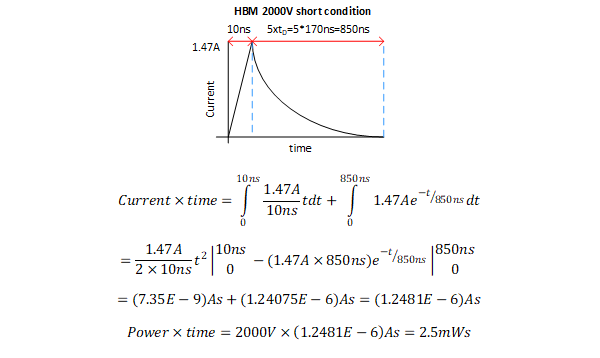Hi TI-team
Is the surge withstand voltage when applied under the surge conditions shown below protected ?
Pulse1 Ri=10Ω td=2ms 500pulse Vp=-100V
Pulse1b Ri=10Ω td=2ms 500pulse Vp=57V
Pulse2 Ri=2Ω td=50us 500pulse Vp=114V
Pulse3a Ri=50Ω td=0.1us Vp=-150V
Pulse3b Ri=50Ω td=0.1us Vp=114V


